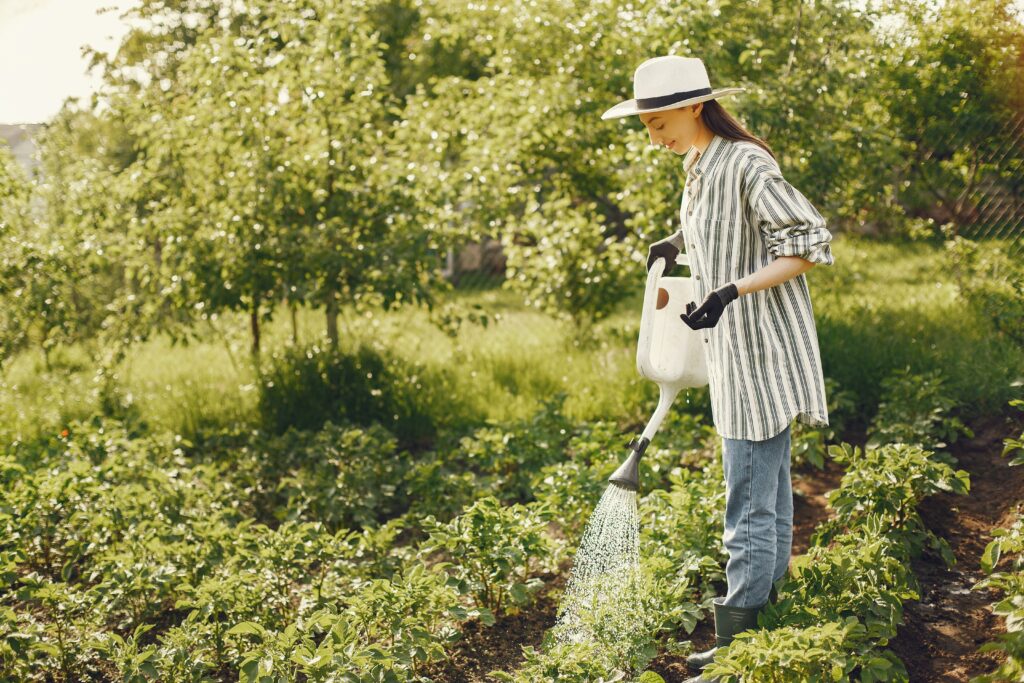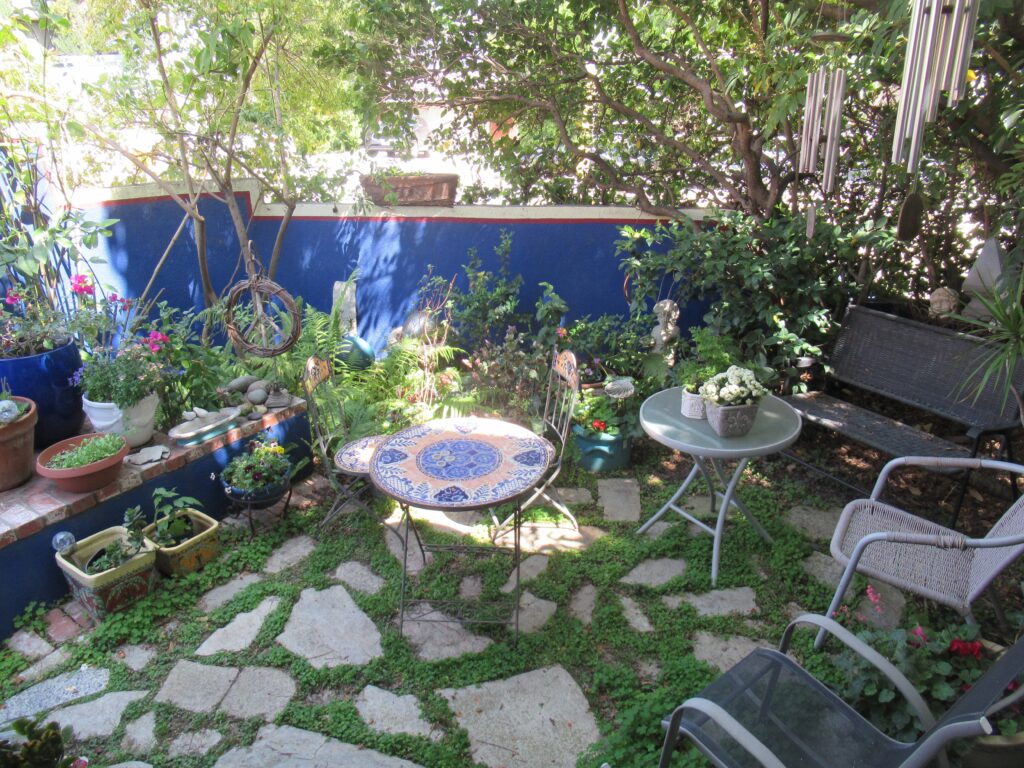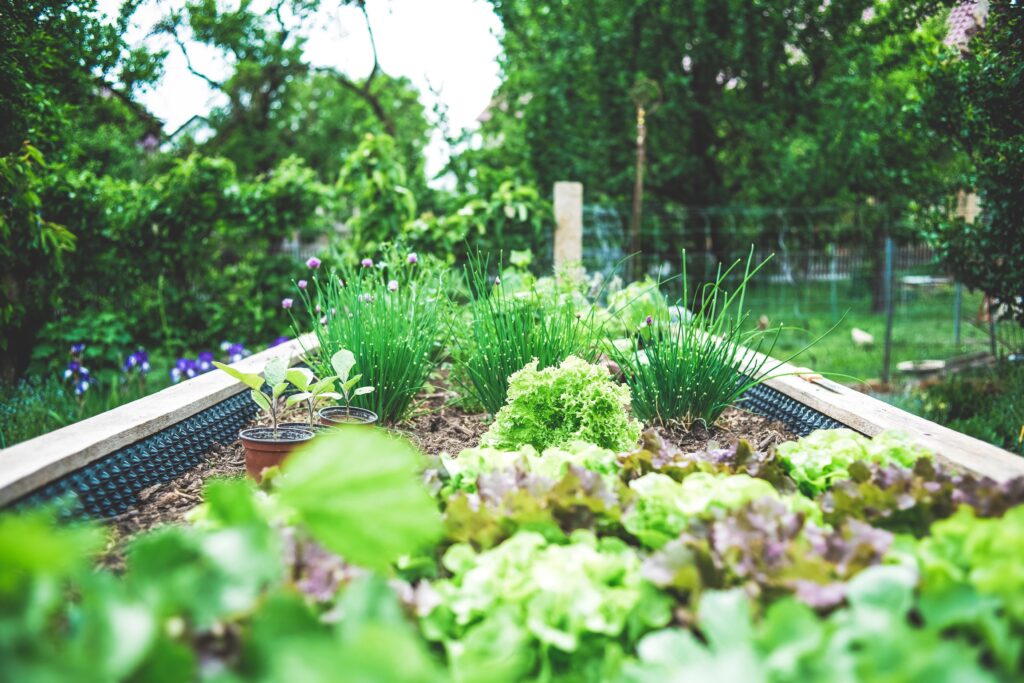Transform your raised bed into a veggie oasis! Our 10 must-know tips unlock the secrets to maximizing your harvest. Learn about soil prep, planting strategies, companion planting, and more – all designed to boost your bounty and enjoy a flourishing raised bed garden this season!
Are you ready to transform your raised bed into a thriving haven overflowing with delicious, homegrown vegetables? Look no further! In this guide, we’ll unveil 10 essential tips to maximize your harvest and unlock the full potential of your raised bed garden. From choosing the right soil to effective planting strategies and companion planting secrets, we’ll equip you with the knowledge and tools you need to cultivate a flourishing bounty throughout the season.

What Height Should You Build Your Beds?
This is a significant first consideration. Make sure you take into account the gardener’s age and preference. As we consider the differing heights of the beds we will look at the pro’s and con’s of each. It is important to keep in mind your goals in having raised bed garden to begin with.
For example, a raised bed height of 30″ is just about perfect for harvesting and working. Weed pressure from below is almost non-existent because the bed is so tall. Rabbits wouldn’t climb that high, but deer may browse it. Filling the bed would take a lot of soil even if you fill over half of it with logs and other bulk items to save some money and add fertility. You may not want to grow tall crops in a bed of this height for accessibility reasons, but vining crops, root vegetables, and heading varieties would be ideal.
A raised bed of 6-8 inches is easily worked from a kneeling position. This height may be accessible for most wildlife if that is a concern, but the bed itself would require less soil to fill. Aggressive weeds such as bermuda grass may be an issue with this raised bed garden even with a barrier in place. However, plant roots will likely benefit from the microbial activity and closer contact with the ground.
What Kind of Garden Design Layout Do You Want?
Take the big picture into consideration when you begin and understand that you do not need or have to get all of your raised beds put in at once. A great raised bed garden takes time to develop and you will grow as a gardener as your garden grows. Begin by purchasing the materials you need for the amount you are growing this season and keep adding until you have the design complete. Is there ever enough garden space?!

What Width is Best for Raised Beds?
This is a bit of a trick question. Most beds vary in width from 2′ to 4′. Let’s take a minute to consider each one.
If you have a bed against a wall or fence that does not allow access to the back side then you will want a width of no more than 2 1/2 feet. That is about the maximum workable reach.
If the bed is easily accessible from both sides then you can maximize production by increasing the width. With a standard bed width of 4 feet in all of your beds you will easily be able to swap your plantings each year if you are doing crop rotation and have varying plant spacing needs.
Just like Goldilocks, I find the 3 foot bed just right. There is no need for stretching at all to reach the center. There is still plenty of room for everything I want to fit in the bed. In the end you will want to choose what is the most comfortable for you and what width works best in the space you have to work with.
What Length Should I Make My Raised Bed?
This answer will depend upon the material you are constructing your beds from. If you are using lumber you really should design your bed using standard lengths of the lumber to avoid waste. Multiples and halves are ideal. Just try to avoid any unusual lengths such as 11 feet which would cause you to waste the remaining foot of wood.
Bed length is really not as important as bed width. Your raised bed garden can be as long as you have space for. Just remember that it is somewhat inconvenient to have to walk all the way around the bed each time if it is extremely long. Long garden beds really are a great way to maximize the growing space available to you.

What About the Pathways In Between the Beds?
Give some consideration to the width of your pathways as you are trying to put in as many raised beds as possible. You will want to have space between each of the beds to allow you to kneel and comfortably work as well as adequate space for bring a wheelbarrow or whatever else garden tool you use to maintain and harvest your beds.
Do I Need to Avoid Pressure Treated Lumber for My Raised Beds?
This is a somewhat hot-button discussion item for many gardeners. If you are concerned, please be sure to educate yourself. Prior to 2003 arsenic was still being used in the processing of wood to make it last longer under exposure to the elements. Modern lumber is pressure treated using copper.
Long before copper became an issue in your body from food you have grown and eaten, you would see evidence on the plants themselves. Research and make the decision for yourself. Pressure-treated lumber can warp which is a drawback for some as well.
How Full Should my Raised Beds Be?
Be sure to fill your beds all the way to the top. This is especially important if you are filling your deeper beds with logs, leaves, and straw. These items are wonderful for building soil, but as part of the process they do break down over time. You are really growing healthy soil, the soil then grows the plants.
As the plants use the nutrition over the season your soil level will shrink in the beds. That is why you want them as full as possible when you begin. As the soil settles you should plan to top them off with fresh compost or soil 1-2x per year, layering fertility on top of fertility.
How Far Apart Should I Space the Plants in My Raised Bed Garden?
Let me assure you right now that you do not have to go by the spacing requirements on the back of the seeds packet. Those spacings are given for commercial growers using traditional methods. Since you will likely not be trying to get a tractor in between your beds you can ignore the row spacing.
Because of the superior condition of the soil in your raised beds you can space the plants much more closely together than indicated on the packet. This in row spacing matters much more to the plants than the row spacing does. Feed your soil well and it will grow you delicious nutrient-dense food that you and your family will love.

What Kind of Irrigation Will My Raised Beds Require?
This is a wonderful consideration to ponder before you construct your raised bed garden. Overhead watering is convenient, but here in the South it is one of the largest factors contributing to fungal rot, mildew, and disease. Many soil-borne diseases splash up onto the plant and cause the plant to become infected and die early.
Underground or drip irrigation is a much gentler alternative. Some of the methods are regular drip lines, drip tape, or even the convenient new irrigation grids that are easy to set up. What matters is that you plan for what you are going to use ahead of planting time so that your growing garden is disturbed as little as possible.
Is it All Right to Mix Annual and Perennial Plants in My Garden Beds?
This is another hot-button topic that really gets some gardeners in a huff. Ultimately, this is your garden and you can do with it as you wish. Here are some considerations when it comes to planting perennial herbs with your annual vegetables.
Most herbs start out small but they do not stay that way for long. In fact, most of them get huge. Either you will have to be willing to plant around their ever-increasing size in your raised beds or you will need to plant them separately in containers. Mints, rosemary, oregano, and thyme are eager to make your healthy garden soil their new home. Plan for this ahead of time by making sure you know exactly where you want them to grow.

Are Raised Bed Gardens Really That Special?
Absolutely! Raised beds will make your gardening experience more productive and more enjoyable. The reduced need for weeding alone is enough to make me want to jump for joy every year. When you combine that with increased yields in less space that is a win-win situation!
Prepare to enjoy your gardening journey. Reach out to the community in the comments below. We are here to help your first garden be a successful one. We are so happy to have you growing here!
Hello.
Good cheer to all on this beautiful day!!!!!
Good luck 🙂